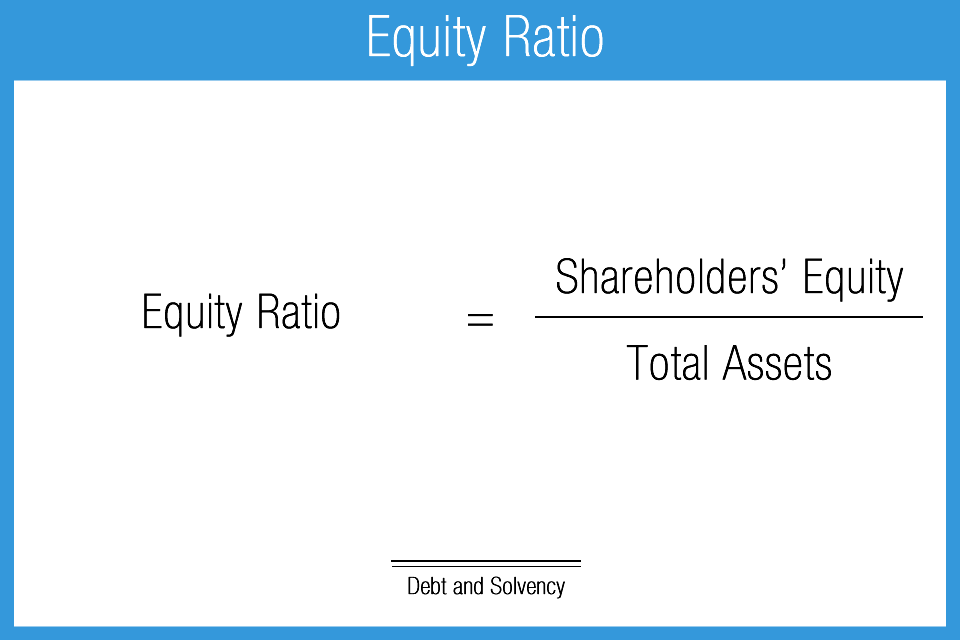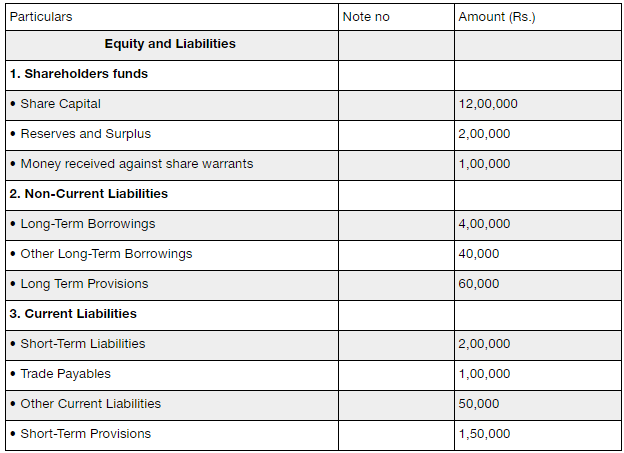
First, however, it’s essential to understand the scope of the industry to fully grasp how the debt-to-equity ratio plays a role in assessing the company’s risk. Companies also use debt, also known as leverage, to help them accomplish business goals and finance operating costs. Calculating a company’s debt-to-income ratio requires a relatively simple formula investors can use on their own or with a spreadsheet.
How Can the Debt-to-Equity Ratio Be Used to Measure a Company’s Risk?
In most cases, liabilities are classified as short-term, long-term, and other liabilities. For growing companies, the D/E ratio indicates how much of the company’s growth is fueled by debt, which investors can then use as a risk measurement tool. When making comparisons between companies in the same industry, a high D/E ratio indicates a heavier reliance on debt. For purposes of simplicity, the liabilities on our balance sheet are only short-term and long-term debt. In the majority of cases, a negative D/E ratio is considered a risky sign, and the company might be at risk of bankruptcy. However, it could also mean the company issued shareholders significant dividends.
What does a negative D/E ratio mean?

For example, if a company takes on a lot of debt and then grows very quickly, its earnings could rise quickly as well. If earnings outstrip the cost of the debt, which includes interest payments, a company’s shareholders can benefit and stock prices may go up. Investors can use the debt/equity ratio as part of their fundamental analysis to assess a company’s financial stability and risk. A low D/E ratio may indicate a financially sound company, while a high ratio may warrant further investigation into its debt management practices. Total Liabilities encompass all the financial obligations a company has to external parties.
Debt to Equity Ratio Calculator (D/E)
A ratio around 1 suggests a balanced capital structure, while a ratio above 1 may signal higher financial risk due to greater reliance on debt. In the realm of corporate finance, understanding a company’s financial leverage is critical for investors, creditors, and analysts alike. The debt/equity ratio stands as a fundamental metric in evaluating a company’s financial health and risk profile.
Cheaper Than Equity Financing
Some analysts like to use a modified D/E ratio to calculate the figure using only long-term debt. And, when analyzing a company’s debt, you would also want to consider how mature the debt is as well as cash flow relative to interest payment expenses. It’s also important to note that interest rate trends over time affect borrowing decisions, as low rates make debt financing more attractive. It’s useful to compare ratios between companies in the same industry, and you should also have a sense of the median or average D/E ratio for the company’s industry as a whole. Additional factors to take into consideration include a company’s access to capital and why they may want to use debt versus equity for financing, such as for tax incentives. You can find the inputs you need for this calculation on the company’s balance sheet.
Ask Any Financial Question
It shines a light on a company’s financial structure, revealing the balance between debt and equity. It’s not just about numbers; it’s about understanding the story behind those numbers. While taking on debt can lead to higher returns in the short term, it also increases the company’s financial risk. This is because the company must pay back the debt regardless of its financial performance. If the company fails to generate enough revenue to cover its debt obligations, it could lead to financial distress or even bankruptcy. Debt to equity ratio shows the relationship between a company’s total debt with its owner’s capital.
- They can also issue equity to raise capital and reduce their debt obligations.
- It’s easy to get started when you open an investment account with SoFi Invest.
- Our work has been directly cited by organizations including Entrepreneur, Business Insider, Investopedia, Forbes, CNBC, and many others.
- With total liabilities and shareholders’ equity identified, apply the D/E Ratio formula to calculate the ratio.
A company with a high ratio might be seen as risky, whereas one with a lower ratio could be viewed as more stable. A higher ratio may deter conservative investors, while those using xero files to manage your documents with a higher risk tolerance might see it as an opportunity for greater returns. Let’s examine a hypothetical company’s balance sheet to illustrate this calculation.
This ratio helps indicate whether a company has the ability to make interest payments on its debt, dividing earnings before interest and taxes (EBIT) by total interest. Most of the information needed to calculate these ratios appears on a company’s balance sheet, save for EBIT, which appears on its profit and loss statement. But let’s say Company A has $2 million in long-term liabilities, and $500,000 in short-term liabilities, whereas Company B has $1.5 million in long-term debt and $1 million in short term debt.